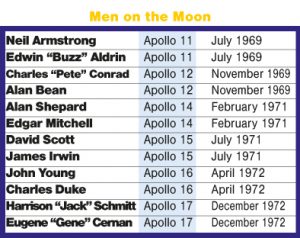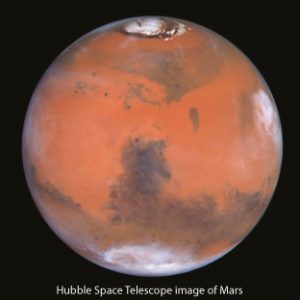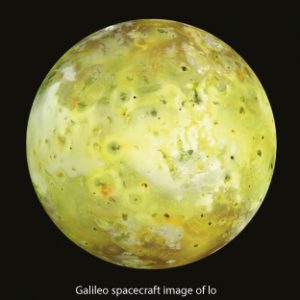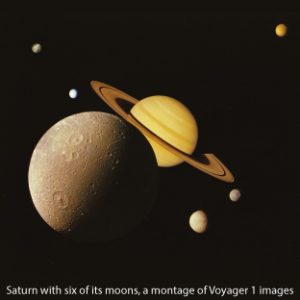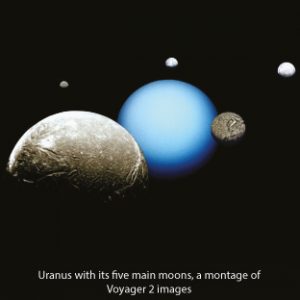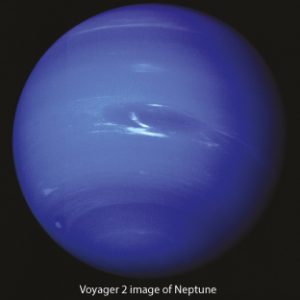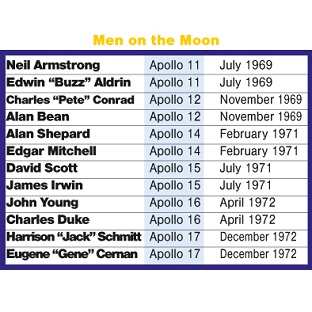
Archives: Fun and Games
Sistema solare – Curiosità
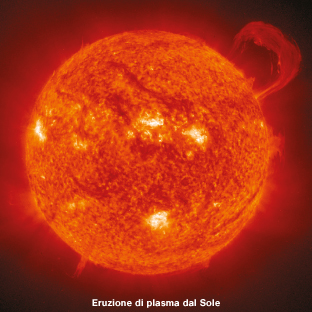
Clicca qui per scaricare un PDF con interessanti informazioni sul sistema solare e immagini incredibili.
Sistema solar – Hechos interesantes
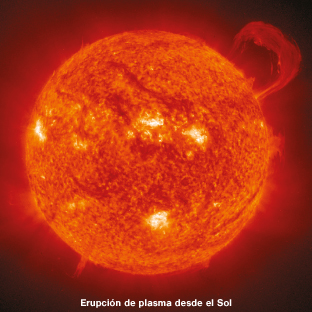
Haz clic aquí para descargarte un PDF con información fascinante sobre el sistema solar, incluyendo algunas imágenes fabulosa.
Sonnensystem – Spannende Fakten
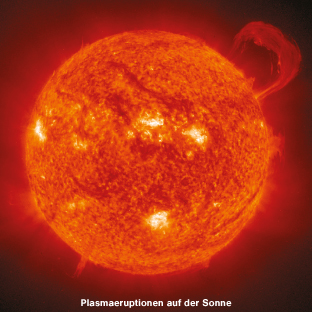
Klicke hier, um ein PDF-Dokument herunterzuladen, das faszinierende Informationen über das Sonnensystem sowie einige atemberaubende Bilder enthält.
Mars
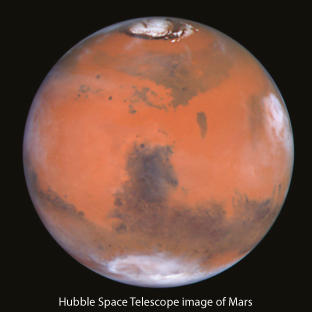
Mars is the most Earth-like planet in the Solar System. It has mountains, volcanoes, deserts, polar ice caps, seasons and weather. There is no vegetation on Mars, although it is possible that there was once water. Mars is often called the Red Planet because it has a lot of rusty iron dust on its surface. The Martian day is 41 minutes longer than an Earth day. Mars has a diameter roughly half that of the Earth and the lowest temperature on its surface is -87ºC (-125ºF). Mars is home to the highest peak in the Solar System, the extinct volcano Mount Olympus. At 27km (16 miles) high it is three times higher than Mount Everest! Mars also has the largest canyon system, Valles Marineris. Mars has two moons called Phobos and Deimos. The first flyby of Mars occurred in 1965 by the Mariner 4 spacecraft. The planet was named after Mars, the Roman god of war because of its blood-like colour. The Ancient Egyptians named the planet Her Desher, which means The Red One.
Beyond the terrestrial planets lies the asteroid belt. Asteroids are small, rocky star-like objects in space. The largest object in the asteroid belt is the dwarf planet Ceres.
Lunar Module Intrepid
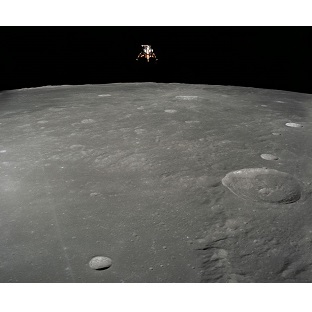
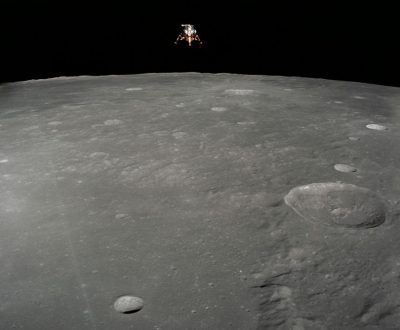
On each manned Apollo mission there were three astronauts, the Commander, the Lunar Module (LM) pilot and the Command and Service Module (CSM) pilot. The Commander was in charge of the mission and was the main pilot of both spacecraft. The Commander would be the first person to step out of the LM onto the surface of the Moon.The LM pilot was the engineer and accompanied the Commander to the Moon’s surface .The CSM pilot acted as the navigator and remained on board. In this image Apollo 12’s Lunar Module Intrepid is in the final landing stages and is photographed by the CSM pilot.
Jupiter

Next in the Solar System come the four gas giant outer planets, which, in order of their distance from the Sun, are as follows.
Jupiter
The largest planet in the Solar System, Jupiter has a small rocky core, surrounded by a layer of liquid hydrogen and helium. Jupiter is over 1,335 times larger than Earth and has a slightly flattened shape at the poles due to the high speed of its rotation.
Jupiter has over 60 moons. The four largest moons, Ganymede, Io, Europa and Callisto, were discovered in 1610 by the astronomer Galileo Galilei. These four moons are now known as the Galilean satellites. Io is the most volcanic body in our whole Solar System. Ganymede is the largest moon in the Solar System, bigger than Mercury, and the only moon to have its own magnetic field. It is thought that there may be twice as much water on Europa as there is on Earth as its icy surface may be covering a huge ocean. The surface of Callisto is covered in ancient craters.
The Great Red Spot on Jupiter is in fact a giant storm, twice the size of Earth, which has been observed for over 300 years. More recently three other storms merged to form the Little Red Spot, which is about half the size of the Great Red Spot.
In 1973 Pioneer 10 became the first spacecraft to venture beyond the asteroid belt to Jupiter.
Since then both Voyager and the Galileo orbiter have flown past Jupiter. In July 2016 the Juno spacecraft, launched in 2011, arrived in orbit around Jupiter and is now sending scientific data back to Earth.
In Roman mythology Jupiter was the king of the gods and the god of the sky and thunder. An appropriate name for our largest planet!
Saturn
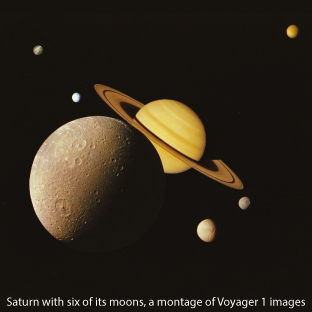
Galileo was the first person to see Saturn through a telescope, in 1610. Saturn does not shine in the night sky as brightly as Jupiter and has a soft, yellowish light. Its makeup is like Jupiter, with an atmosphere of mostly hydrogen and helium and a central rocky core. In the upper atmosphere, there are super-fast winds that reach 500m (1,600 feet) per second. The strongest hurricane-force winds on Earth are only 110m (360 feet) per second.
All four of the gas giants have rings but none are as magnificent as those of Saturn. The nine rings are made up of small rock and ice particles, which were probably generated when the planet was formed or are perhaps the remains of disintegrated moons. Saturn’s ring system extends thousands of kilometres (miles) from the planet but the depth of the main rings is only about 10m (30 feet).
Saturn has at least 62 moons of which only 53 have names. The largest moon, Titan is the only moon in the Solar System to have its own thick, nitrogen-rich atmosphere, which may be like the atmosphere of early Earth. It is possible that Saturn’s second largest moon, Rhea also has a ring system. Many of the other moons are very small with some being less than 10km (6.2 miles) in diameter. All of Saturn’s moons are named after the race of Greek gods called the Titans.
In 1979 Pioneer 11 was the first spacecraft to reach Saturn. In the 1980s, NASA’s Voyager 1 and Voyager 2 spacecraft were the first to discover that Saturn’s rings are mostly made of ice.
Saturn is named after the Roman god of agriculture.
Uranus
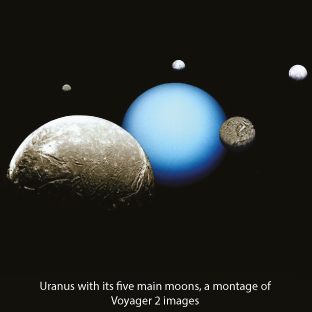
Huge, icy Uranus is the seventh planet from the Sun and the third largest planet in our Solar System. Ancient observers thought that there were five planets plus the Earth, Sun and Moon. So when William Herschel discovered Uranus in 1781, it was the first time in modern history that another planet had been found.
Uranus and Neptune are often called the ice giants. The atmosphere on Uranus is like Neptune and both are different in composition to Jupiter and Saturn. The atmosphere on Uranus does contain hydrogen and helium but also ice, ammonia and methane. It is the methane that gives Uranus its blue-green colour. Uranus is the coldest planet in the Solar System, with a minimum temperature of –224°C (-371°F).
Uranus is the only planet whose equator is nearly at right angles to its orbit, so it appears to rotate on its side along its orbital path. Like Venus, Uranus rotates east to west and takes 84 Earth years to complete one orbit.
Uranus has 27 known moons all named after characters from the works of the famous authors Shakespeare and Pope. The five main moons are called Miranda, Ariel, Umbriel, Titania and Oberon. Miranda is the smallest of the five main moons and its surface is unlike any other moon we know, with a giant canyon twelve times deeper than the Grand Canyon.
Most of what we know about Uranus is due to the flyby of the Voyager 2 spacecraft in 1986. Uranus was named after the Greek god of the sky.
My Very Own Rainbow – Bonus Rainbow Facts
Secret Access
Neptune
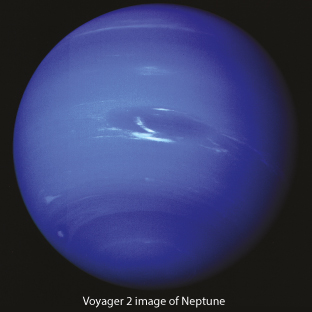
Neptune was discovered by the German astronomer Galle in 1846. The atmosphere on Neptune is like Uranus with hydrogen and helium but also ice, ammonia and methane. Methane and another unknown element give Neptune its bright blue colour. Neptune is more than 30 times further away from the Sun than the Earth. In 2011 Neptune completed its first 165-year orbit of the Sun since its discovery in 1846.
Most of what we know about Neptune is due to the flyby of the Voyager 2 spacecraft in 1989. Voyager 2 tracked an oval-shaped Great Dark Spot in Neptune’s southern hemisphere. This spot was a hurricane, large enough to contain the entire Earth, spinning anticlockwise and moving at almost 1,200km (750 miles) per hour.
Voyager 2 also discovered six of Neptune’s 13 known moons. Neptune’s largest moon, Triton, was discovered by William Lassell just 17 days after the discovery of Neptune. Triton orbits Neptune in the opposite direction to any other large planetary moon. This is probably because it was captured by Neptune’s gravitational force. It may once have been a dwarf planet in the Kuiper belt. Triton is the coldest object that has so far been measured in the Solar System, with surface temperatures of around –235°C (-391°F). Ice volcanoes on the surface of Triton shoot out liquid nitrogen, methane and dust, which freezes and falls back to the surface as snow. Voyager 2 took an image of an ice volcano shooting 8 km (5 miles) into the sky.
Neptune is named after the Roman god of the sea and its moons were named after other sea gods and nymphs from Greek mythology.
Système solaire – Faits intéressants
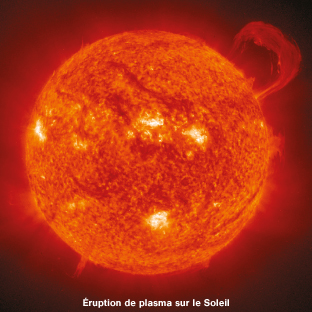
Clique ici pour télécharger un document PDF révélant des informations fascinantes sur le système solaire, y compris des images étonnantes.

